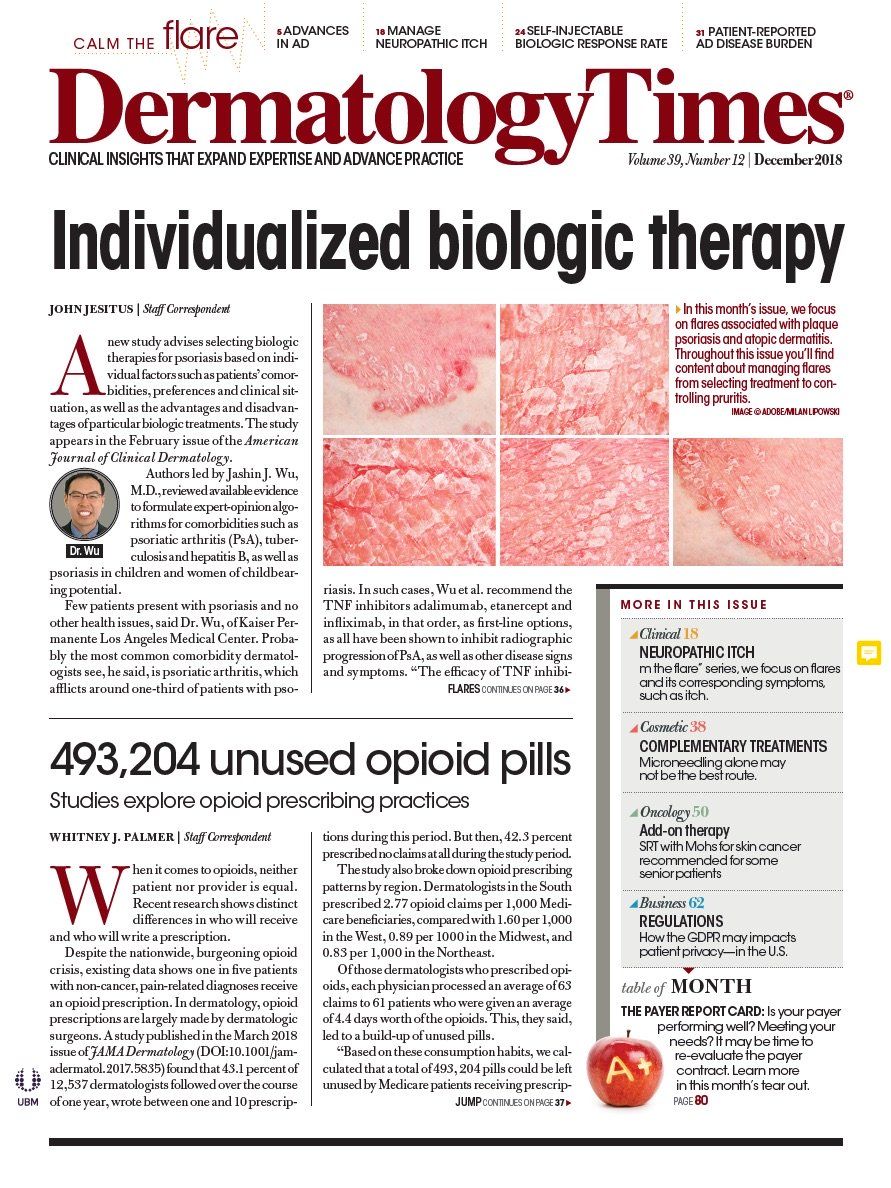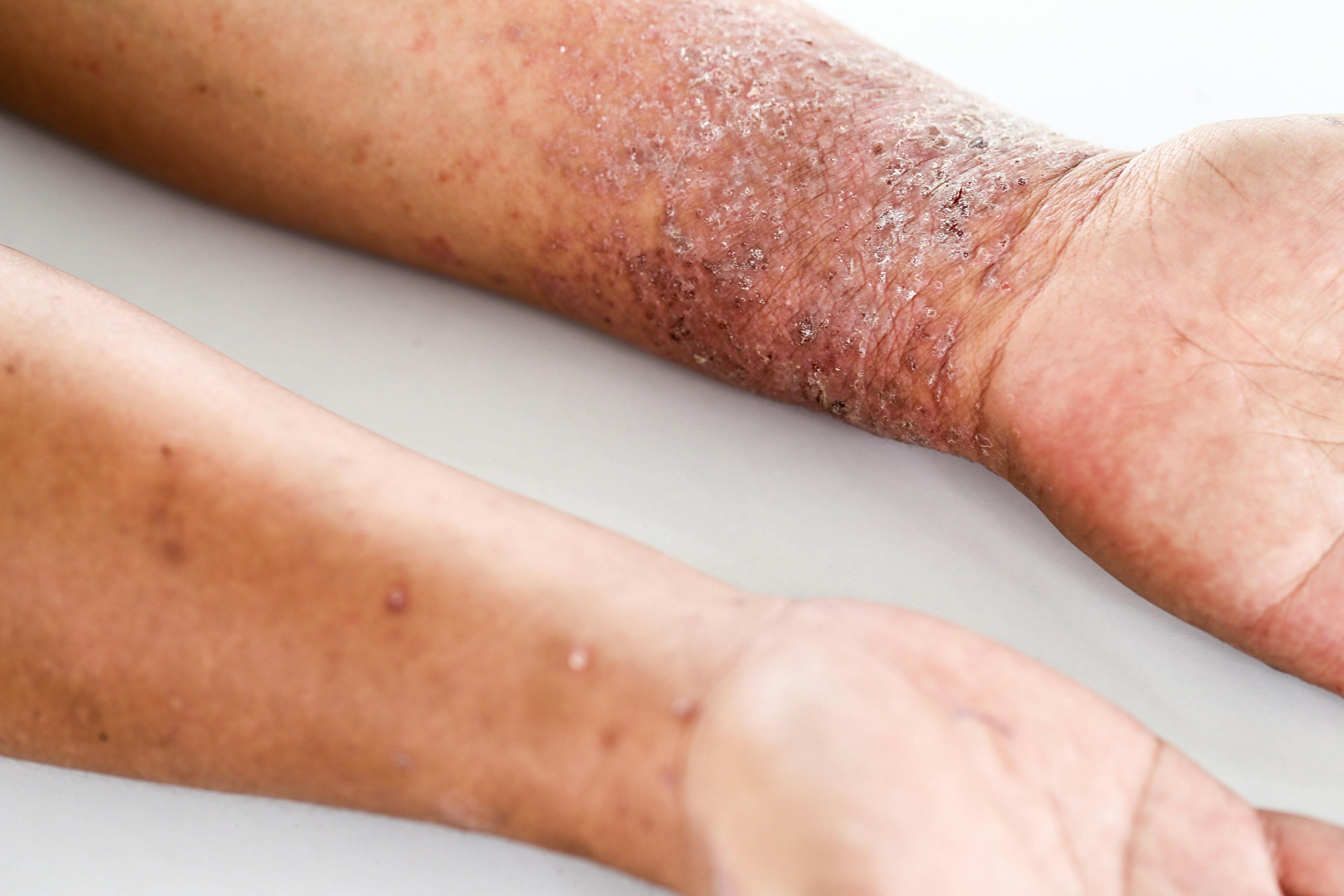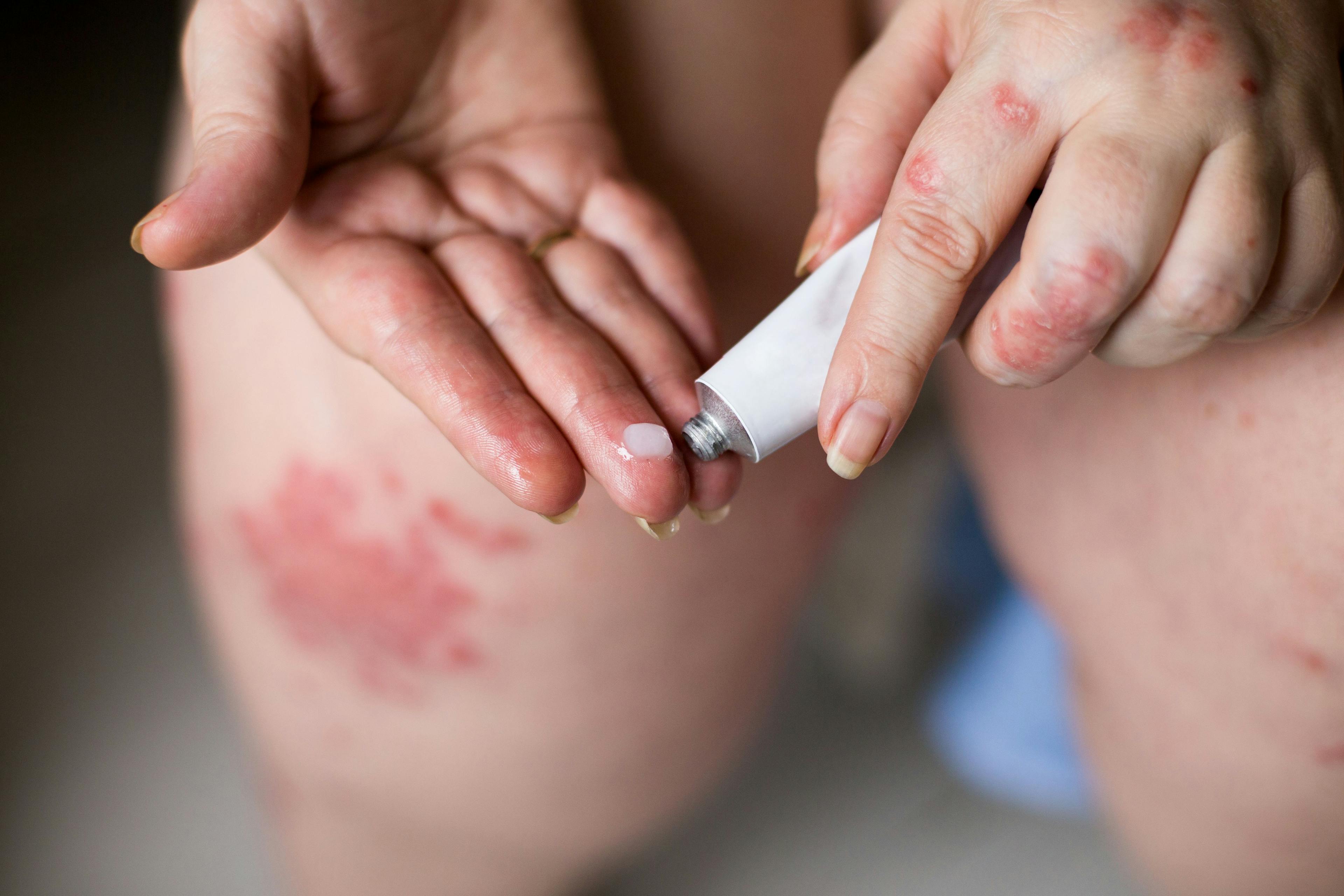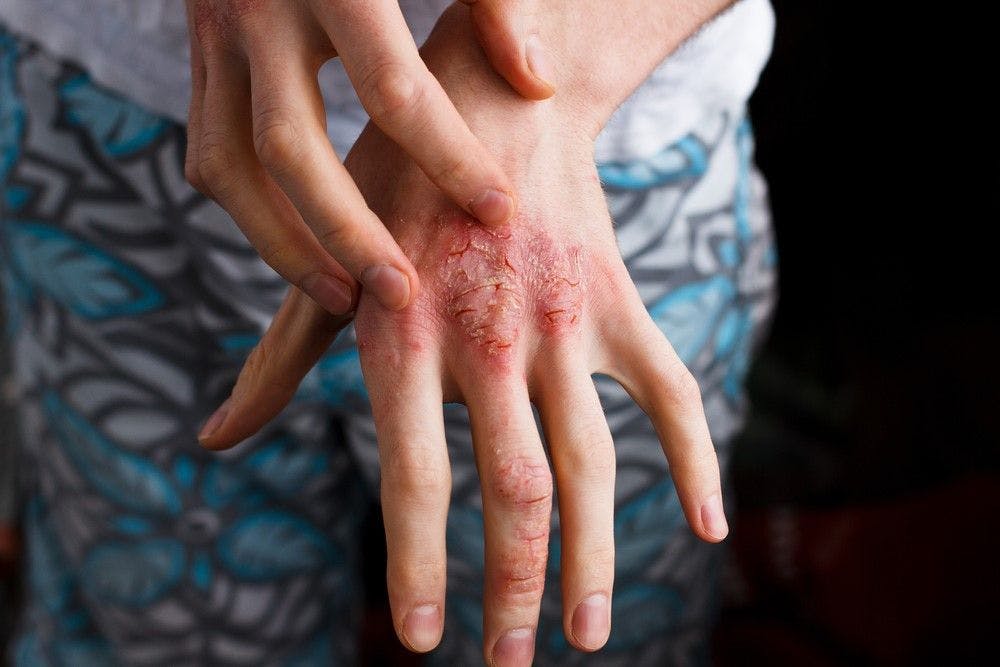- Acne
- Actinic Keratosis
- Aesthetics
- Alopecia
- Atopic Dermatitis
- Buy-and-Bill
- COVID-19
- Case-Based Roundtable
- Chronic Hand Eczema
- Chronic Spontaneous Urticaria
- Drug Watch
- Eczema
- General Dermatology
- Hidradenitis Suppurativa
- Melasma
- NP and PA
- Pediatric Dermatology
- Pigmentary Disorders
- Practice Management
- Precision Medicine and Biologics
- Prurigo Nodularis
- Psoriasis
- Psoriatic Arthritis
- Rare Disease
- Rosacea
- Skin Cancer
- Vitiligo
- Wound Care
Publication
Article
Dermatology Times
Differences in opioid prescribing practices
Author(s):
When it comes to opioids, neither patient nor provider is equal. This article explores recent research that highlights the differences in who will receive and who will write a prescription for opioids.
Does patient sex, age or race affect opioid prescription practices? (©FizkesNivens/Shutterstock.com)

When it comes to opioids, neither patient nor provider is equal. Recent research shows distinct differences in who will receive and who will write a prescription.
Despite the nationwide, burgeoning opioid crisis, existing data shows one in five patients with non-cancer, pain-related diagnoses receive an opioid prescription. In dermatology, opioid prescriptions are largely made by dermatologic surgeons. A study published in the March 2018 issue of JAMA Dermatology (DOI:10.1001/jamadermatol.2017.5835) found that 43.1 percent of 12,537 dermatologists followed over the course of one year, wrote between one and 10 prescriptions during this period. But then, 42.3 percent prescribed no claims at all during the study period.
The study also broke down opioid prescribing patterns by region. Dermatologists in the South prescribed 2.77 opioid claims per 1,000 Medicare beneficiaries, compared with 1.60 per 1,000 in the West, 0.89 per 1000 in the Midwest, and 0.83 per 1,000 in the Northeast.
Of those dermatologists who prescribed opioids, each physician processed an average of 63 claims to 61 patients who were given an average of 4.4 days worth of the opioids. This, they said, led to a build-up of unused pills.
“Based on these consumption habits, we calculated that a total of 493, 204 pills could be left unused by Medicare patients receiving prescriptions from their dermatologist, creating a large opioid reservoir that poses a substantial risk for future misuse,” the authors wrote.
Despite the limited use of opioids in a dermatology setting, the authors suggested adopting nonopioid alternatives due to the potential of adverse events, particularly in the elderly.
DOES SEX MAKE A DIFFERENCE?
In April, researchers writing in the Journal of the American Dental Association(JADA) (DOI: 10.1016/j.adaj.2018.02.010) showed disparities among patients given an opioid prescription. Gender, race and ethnicity was a factor in determining whether a patient received an opioid prescription for dental pain associated with hard tissue, tooth, pulp and periapical diagnoses.
According to study authors, no research exists focusing on opioid prescription rates based on patient sex, race, or ethnicity. But, these results indicate female patients receive more opioid prescriptions, as did African-American and white patients.
“Our main aim in this study was to investigate differences in opioid receipt for dental diagnoses according to key demographic factors on the basis of outpatient claims data for children and adults enrolled in Medicaid and to determine whether these differences were influenced by the healthcare provider type or dental diagnosis,” the investigators wrote.
Findings from a 2014 Pain Research & Management study (Pain Res Manag. 2014 Jul-Aug; 19(4): 179–185) noted 26.6 percent of all prescriptions written by dentists were for opioids. The JADA study indicates that rate has fallen to 10.8 percent, however, making dentists’ contributions to the opioid prescription rate the lowest among healthcare providers.
Their study was based on a review of 891,720 Medicaid claims data from 13 states (from Jan. 1, 2013 and Sept. 30, 2015) in which 209,296 patients, 23.4 percent, received an opioid prescription within 14 days of diagnosis. The patient groups receiving the most prescriptions were 19-to-29-year-olds (30.3 percent), females (65.8 percent), non-Hispanic whites (57.8 percent), and those receiving care from emergency department providers (36.8 percent). Additionally, 48.4 percent of patients ages 30-to-39 also received an opioid prescription, but only 11 percent received a prescription from a dentist.
Researchers also identified 25 percent of both non-Hispanic white and African-American patients filled opioid prescriptions; however, Hispanic patients received prescriptions at a lower rate-10 percent.
And, even when investigators controlled for age, race or ethnicity, and healthcare provider type, women were still more likely to fill opioid prescriptions for dental diagnoses than were men.
The findings contradicted results from the Pain Research & Management study that examined opioid prescribing habits among physician specialties. Those results noted 44 percent of men, compared to 40 percent of women, received opioid prescriptions for orthopedic pain.
Study results also revealed the healthcare provider type affected who received an opioid prescription. Emergency room providers accounted for the most opioid prescriptions. Data analysis showed African-American and non-Hispanic white patients were more likely to receive an prescription post-diagnosis in an emergency department than Hispanic patients were (OR, 1.69; 95% CI, 1.59 to 1.81 and OR, 2.03, 95% CI, 1.91 to 2.16, respectively). In addition, African-American patients were 50 percent more likely to receive an opioid prescription from a dentist than were non-Hispanic white patients and three times more likely than Hispanic patients.
Overall, the investigators said, these results mirror the results of other healthcare disparities studies.
“Our findings reiterate racial and sex disparities in prescription provision that are echoed in medical diagnoses,” they wrote. “In medicine, these differences have been attributed to various factors, including the suggestion that the healthcare provider’s own unconscious biases and cultural differences between the healthcare provider and patient have an influence.”

Newsletter
Like what you’re reading? Subscribe to Dermatology Times for weekly updates on therapies, innovations, and real-world practice tips.
























